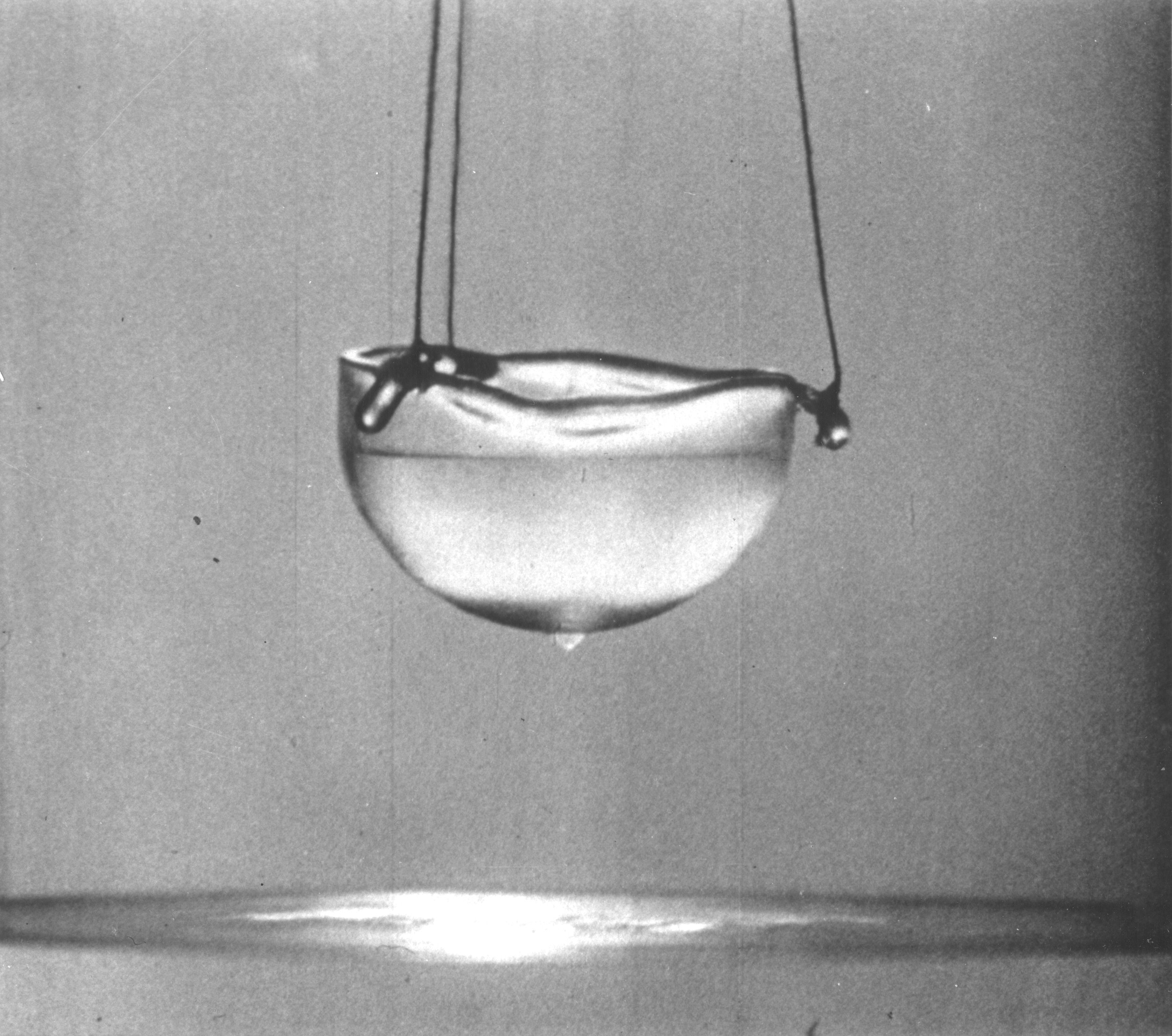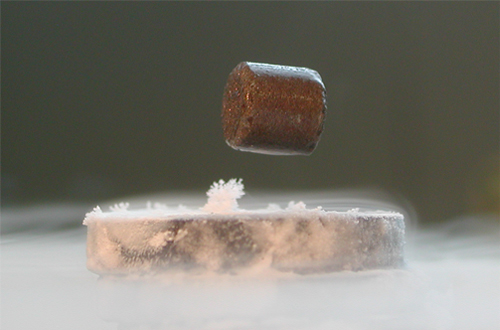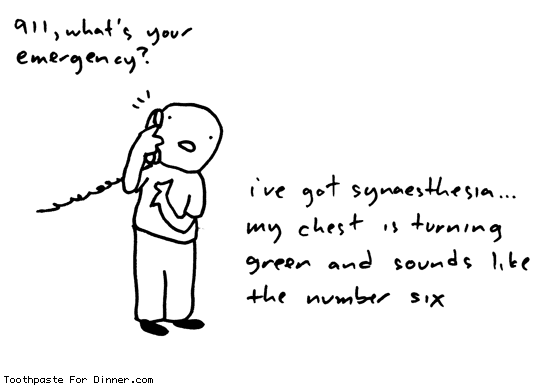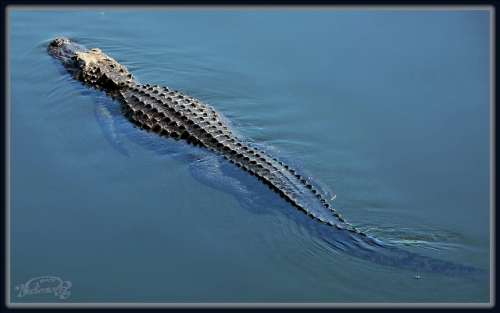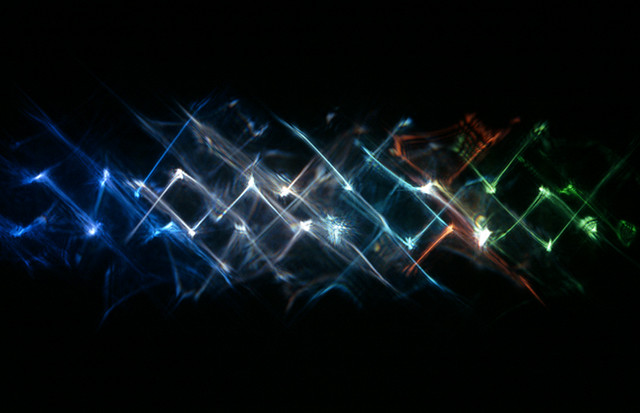
Bumblebees foraging for food avoid stopping at flowers too close to home, perhaps to avoid attracting predators. Known as geographic profiling, this science has allowed scientists to locate the entrance to a hive by mapping which flowers the bees visit.
It is now being used to predict where serial killers might live based on where they commit crimes. Murderers operate fairly close to home, but maintain a kill-free “buffer zone.”




















